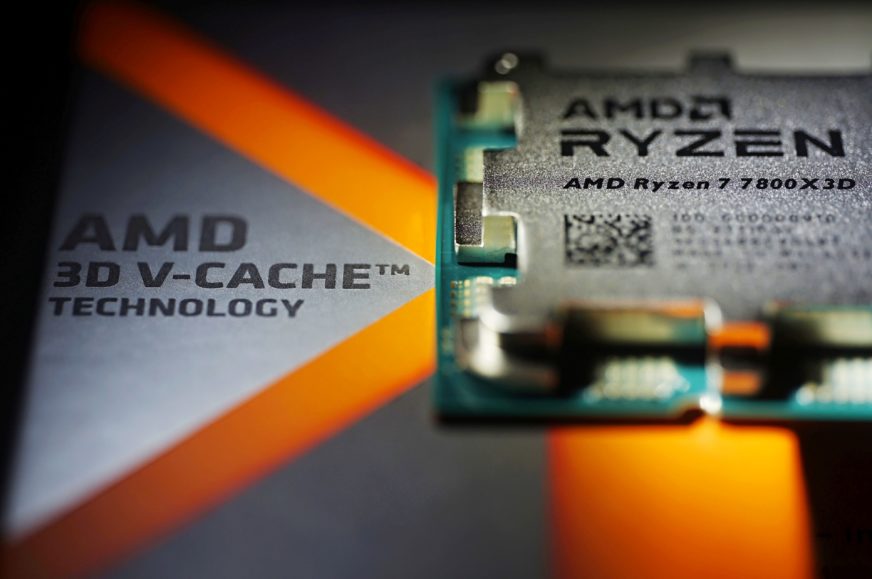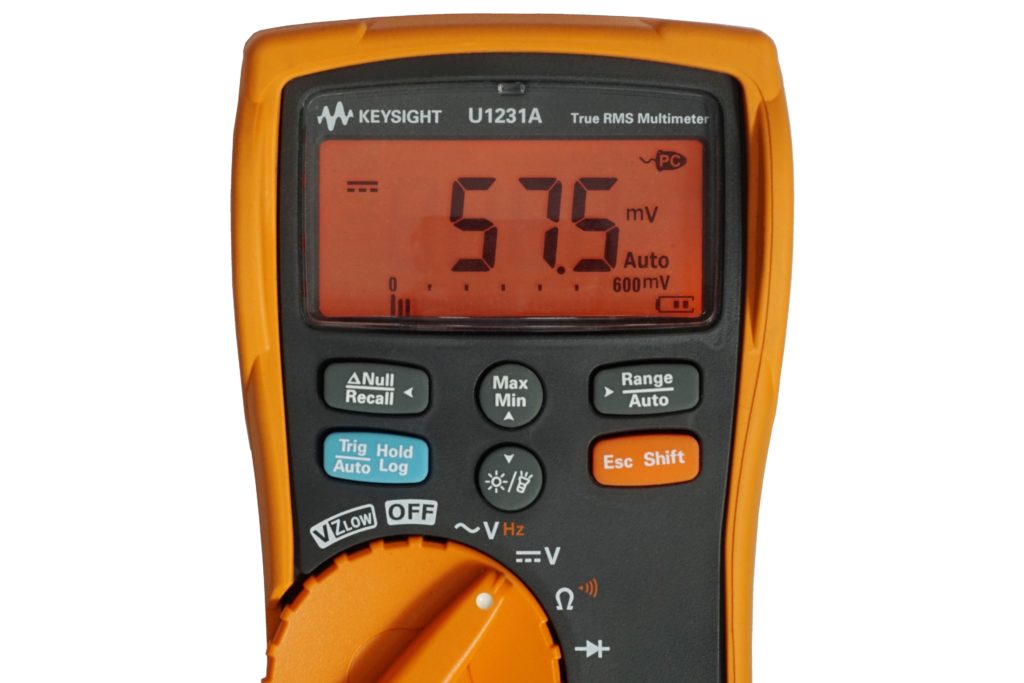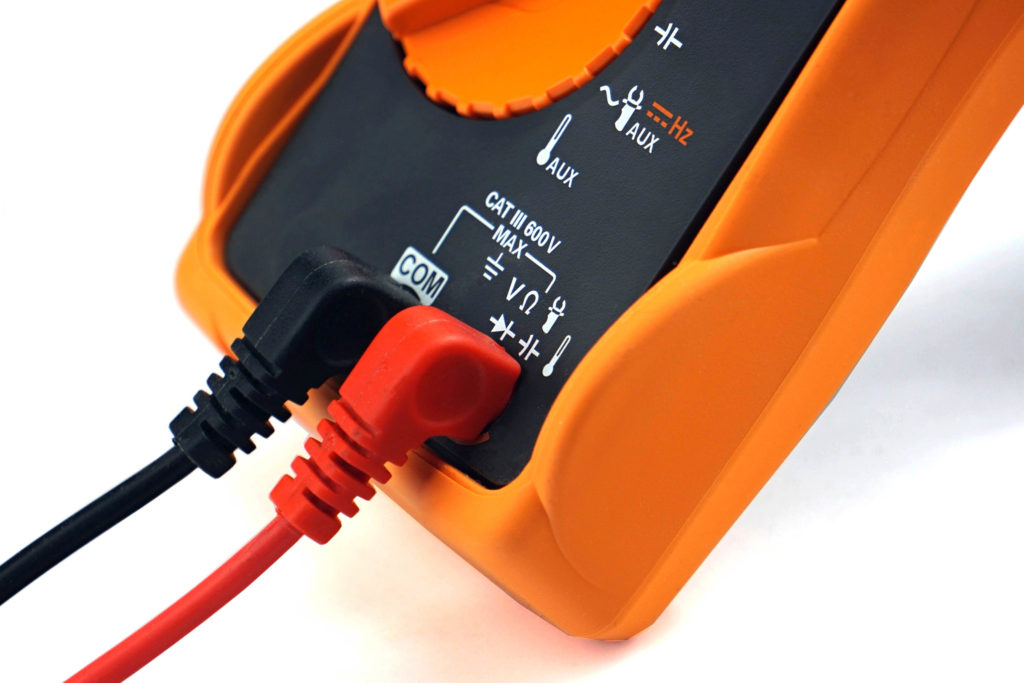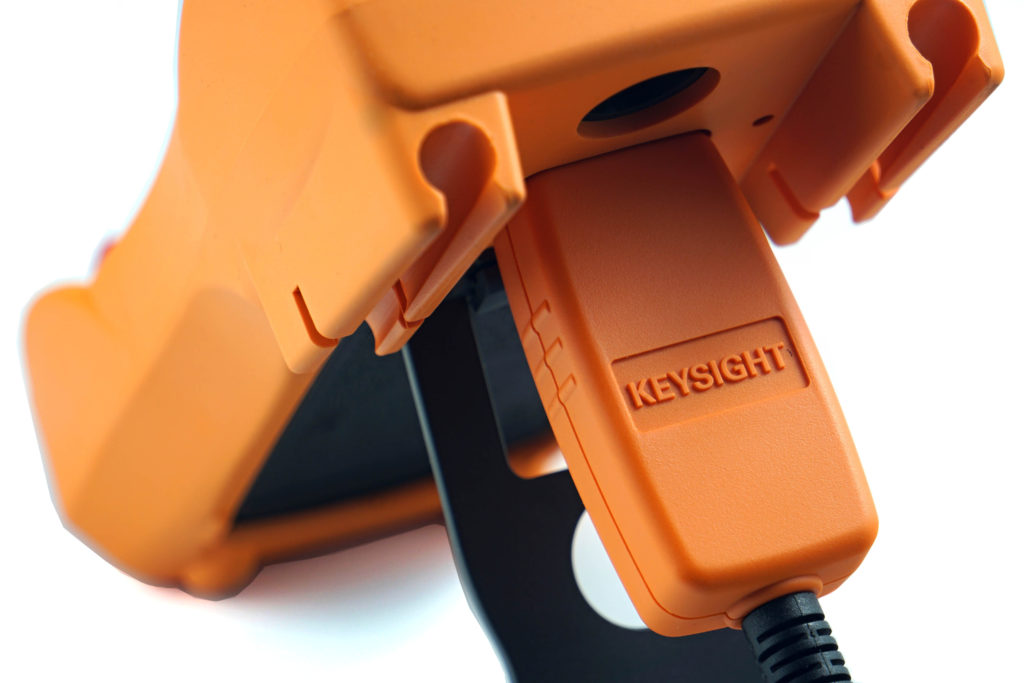Methodology: how we measure power draw
The most popular Ryzen 7000 with 3D V-cache obliterates competition in its targeted environment. Intel doesn’t measure up to the Ryzen 7 7800X3D in a comparable price range in terms of speed, and even if someone disregards price and sees the Core i9-13900K(S) as a an apt competitor, when comparing power draw, everyone’s appetite for Intel will go away. Their efficiency is… incomparable, as each is at a different end of the spectrum.
Methodology: how we measure power draw
Measuring CPU power consumption is relatively simple, much easier than with graphics cards. All power goes through one or two EPS cables. We also use two to increase the cross-section, which is suitable for high performance AMD processors up to sTR(X)4 or for Intel HEDT, and in fact almost for mainstream processors as well. We have Prova 15 current probes to measure current directly on the wires. This is a much more accurate and reliable way of measuring than relying on internal sensors.
The only limitation of our current probes may be when testing the most powerful processors. These already exceed the maximum range of 30 A, at which high accuracy is guaranteed. For most processors, the range is optimal (even for measuring a lower load, when the probes can be switched to a lower and more accurate range of 4 A), but we will test models with power consumption over 360 W on our own device, a prototype of which we have already built. Its measuring range will no longer be limiting, but for the time being we will be using the Prova probes in the near future.
The clamps are properly reset before each measurement and connected to a Keysight U1231A multimeter, which samples the current values during the tests via the IR-USB interface and logs them to a spreadsheet at one-second intervals. From this we can then create line graphs of power draw curves. However, we always write the average values in the bar graphs. Measurements are taken in different load modes. The lowest one is idle Windows 10 on the desktop. This measurement takes place on a well “cooled down” system.
Audio encoding (FLAC) represents a higher load, but processors use only one core or one thread for this. Higher loads, where more cores are involved, are games. We test power consumption in F1 2020, Shadow of the Tomb Raider and Total War Saga: Troy in 1920 × 1080 px. In this resolution, the power consumption is usually the highest or at least similar to that in lower or higher resolutions, where in most cases the CPU power draw rather decreases due to its lower utilization.
Like most motherboard manufacturers, we too ignore the time limit for “Tau”, after which the power consumption is to be reduced from the PL2 boost limit (when it exceeds the TDP) to the TDP/PL1 value, recommended by Intel, in our tests. This means that neither the power draw nor the clock speed after 56 seconds of higher load does not decrease and the performance is kept stable with just small fluctuations. We had been considering whether or not to respect the Tau. In the end, we decided not to because the vast majority of users won’t either, and therefore the results and comparisons would be relatively uninteresting. The solution would be to test with and without a power limit, but this is no longer possible due to time requirements. We will pay more attention to the behavior of PL2 in motherboard tests, where it makes more sense.
We always use motherboards with extremely robust, efficient VRM, so that the losses on MOSFETs distort the measured results as little as possible and the test setups are powered by a high-end 1200 W BeQuiet! Dark Power Pro 12 power supply. It is strong enough to supply every processor, even with a fully loaded GeForce RTX 3080, and at the same time achieves above-standard efficiency even at lower load. For a complete overview of test setup components, see Chapter 5 of this article.
- Contents
- AMD Ryzen 7 7800X3D in detail
- Methodology: performance tests
- Methodology: how we measure power draw
- Methodology: temperature and clock speed tests
- Test setup
- 3DMark
- Assassin’s Creed: Valhalla
- Borderlands 3
- Counter-Strike: GO
- Cyberpunk 2077
- DOOM Eternal
- F1 2020
- Metro Exodus
- Microsoft Flight Simulator
- Shadow of the Tomb Raider
- Total War Saga: Troy
- Overall gaming performance
- Gaming performance per euro
- PCMark and Geekbench
- Web performance
- 3D rendering: Cinebench, Blender, ...
- Video 1/2: Adobe Premiere Pro
- Video 2/2: DaVinci Resolve Studio
- Graphics effects: Adobe After Effects
- Video encoding
- Audio encoding
- Broadcasting (OBS and Xsplit)
- Photos 1/2: Adobe Photoshop and Lightroom
- Photos 2/2: Affinity Photo, Topaz Labs AI Apps, ZPS X, ...
- (De)compression
- (De)encryption
- Numerical computing
- Simulations
- Memory and cache tests
- Processor power draw curve
- Average processor power draw
- Performance per watt
- Achieved CPU clock speed
- CPU temperature
- Conclusion













First of all fantastic review. Would it be possible for you in the future to also include X-Plane 12 and DCS World in your benchmark suite? No one ever tests them and while they are very niche they are extremly CPU heavy, moreso than any other game. That would be awesome to see if you could do that.
Thank you for the useful tips for expanding test applications. X-Plane 12 and DCS World will probably be included, but probably won’t be in the next test yet. The time complexity of the things we do (not only in the processor tests) is hitting a ceiling with the current editorial capabilities. Anyway, I’m putting both games on the list of “things that would be worthwhile to deal with as part of a methodology revision”.
I would like a clarification on something.
“The main role for the Ryzen 7 7800X3D is played by the same modification – the addition of a second piece of silicon on the CCD chiplet with the CPU cores”
Is this line referring to the extra silicon for the 3D V-cache? Or the modification that only the other 2 7000 X3D chips have of a second CCD on the processor?
Yes, the cited quote refers to a chip with 3D V-cache.